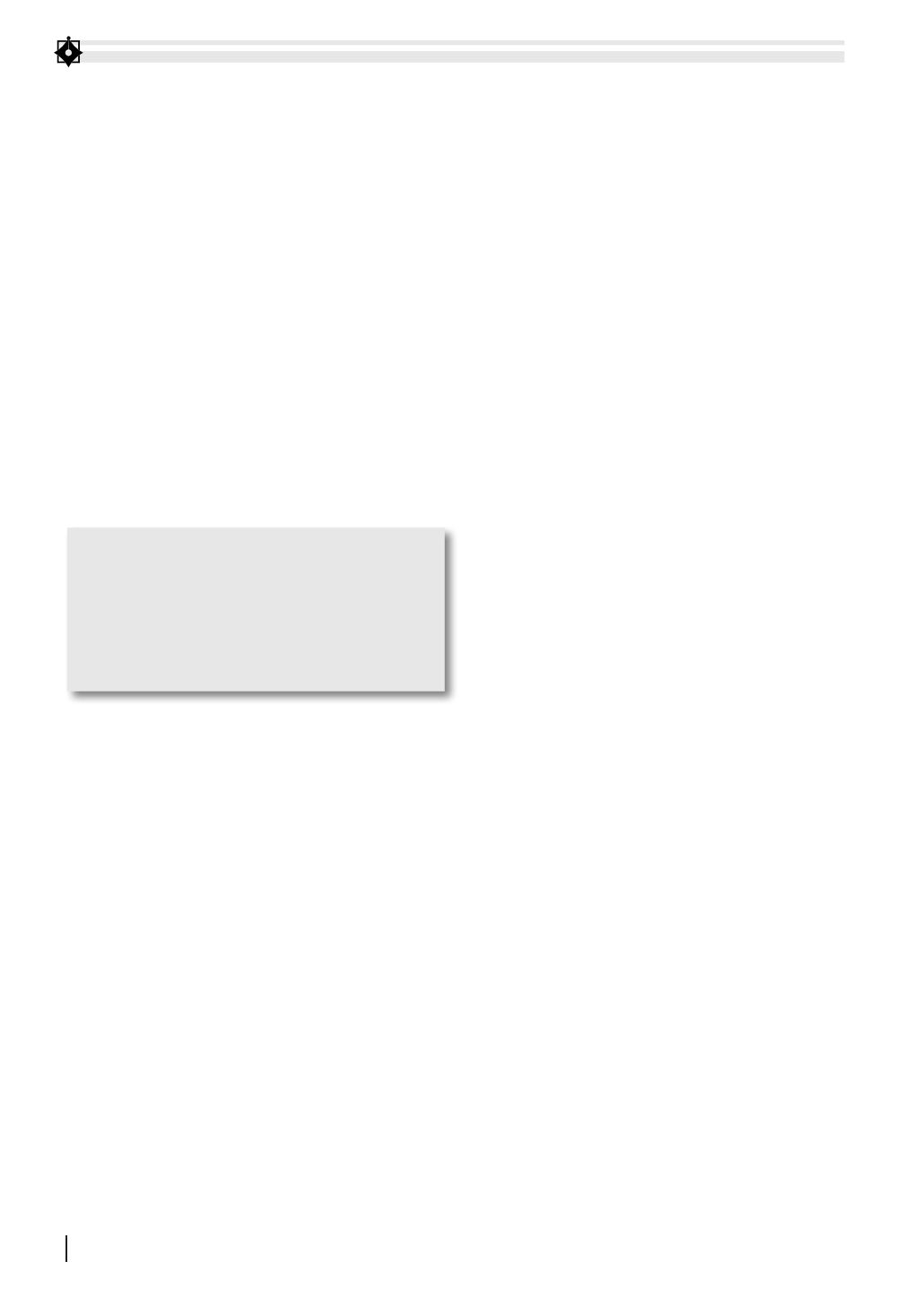
56
hence, to impact a product cost managers have
to impact costs of activities attributed to that
product. Therefore, cost estimation information
for each activity helps managers understand
which the largest cost-consuming activity is and
what the maximum acceptable cost to ensure
expected product cost is too. Simultaneously,
it helps managers evaluate the effectiveness of
current operational procedure and improvement
direction for such procedure to minimize costs
and maximize product quality. On the other
hand, since costs are the consumption of inputs,
cost information of detailed product elements is
the proof to help managers evaluate economic
effectiveness of resource mobilization and
utilization and apply appropriate measures to
lower costs and prices. Product elements that
consume resources are where costs occur, so
cost information for each element collected
from cost centers will help managers evaluate
management effectiveness and responsibility of
resource consumed units. After product design
has been completed, managers have to make
production and budget plans. In terms of budget
plan, inventory plan and product promotion
plan, managers have to apply a forecast system
to adjust the level of stock, product quantity,
procurement and employment activities in
response to the increase or decrease of sales to
maintain the balance between scheduled costs
and expected earnings. With given analysis, it is
concluded that cost information is an important
database of forecast control system that controls
costs right from the early phase of designing and
cost estimating.
Cost control in the process of plan
implementation is a process of controlling and
managing inventories, production expenses, cost
price, sales and management costs. Inventory
management needs information of orders,
receipts and warehousing to identify the optimal
number of purchases to save capital by reducing
warehousing and capital costs at minimized level.
Cost control in production needs information
of pre-production process such as materials,
labour, machinery, manufacturing, assembling
and quality controlling to reduce costs and lower
prices. Detailed cost information in production
helps remove ineffective activities and promote
effective ones as well as apply innovation to meet
better the customer’s demand. Difference between
target cost and actual cost is the basis to control
costs. Cost control in sale process mostly involves
cost control of ordering, packaging, shipping,
loading and unloading, tariffs and warehousing
charges occurred in the sales division. Other cost
control is carried out mostly by assessment or
estimation to improve effectiveness and to avoid
waste. Hence, in plan implementing step, cost
information is processed simultaneously by both
response system of results and response system
of forecasts.
+ Cost control after plan accomplishment is
processed by the response system of results. This
system measures actual costs and identify the
difference between estimated and actual costs to
discover the causes of such difference that may
resulted in an increase or decrease of earnings.
Cost difference is also identified specifically to
each cost center, activity, product or phase to help
managersdiscover themaincausesof inadequacies
or evaluate responsibility of division managers as
well as evaluate the cost control performance of
a single product, activity or production phase of
business.
Deciding:
Most of information provided by
cost accounting aims at helping managers make
decisions to realize organizational goals. Making
decision is an important function of managers
throughout steps of business management
from planning, organizing to supervising and
evaluating. Cost accounting plays a role in
providing information and making reports to do
those management functions. For instance:
- For planning function, there are reports of
production, sales, estimation of expenses such as
direct material, direct labour, operating, sales and
management and stock costs providing managers
with future information of plans and business
strategies.
Cost accounting, a facet of management
accounting, is a process of recording,
analyzing and providing information of
costs for purpose of internal management.
It plays an important role in supporting
planning, implementing, controlling and
decision-making processes of managers.


